Uncategorized
now browsing by category
First Five’s Top Five- What Every New Teacher Should Know
So maybe you are about to go into your first year of teaching… Or maybe you are already in it, whether 1 year in or more. Those first 5 years of your teaching experience can make or break you as an educator. Of course, we’d all rather see you make it! So here to help you with stories, strategies, and techniques from her first years of art teacherin’, is the amazing Margo Wunder!!
“Hey new teachers, struggling teachers, and wondering teachers- want to know what the first five years of teaching is really like? Well, I’ll tell you! Learn what to expect, how to do it, and how to get through it!”
Saturday, October 21st 2-2:50pm, Brighton I
Act 48 offered
http://www.paeaconference.org/conference-program/
Effective Use of Sketchbooks to Journal Student Choice
Join Paul Nagle, Robb Bomboy, and Angie Rubinic to learn about Broadening the sketchbook for all users as repositories of academic and students’ creative life in lessons/assessments from an I.B. (International Baccalaureate) classroom, a studio approach to sketchbooks and journaling.
Friday, October 20, 2:00 – 2:50 PM, in Brighton II
Act 48 hours offered!
http://www.paeaconference.org/conference-program/
PAEA 2017 Conference insights: Your brain on art
This is your brain:
This is your brain on art:
Zombie Artists: How Teaching about Brains Makes Better Artists
Saturday October 21, 1-1:50pm in
Marie Elcin and Cindy Hodgson
This session addresses the challenges faced by the middle school crisis of pseudo-naturalism as they realize that what they draw doesn’t match what they see. We propose that by learning about how their eyes and brains work, and about how their brains are changing during this period of early adolescence, students become more willing to take creative risks. We’ll share info about brain structures and networking and offer hands-on activities you can take back to the middle school art room.
http://www.paeaconference.org/conference-program/
PAEA 2017 Conference Insights: Punk is dEaD-ucational!
Are you a teacher who thinks punk is dead? GASP! Well, did you know it’s actually dEaD-ucational!
It’s time to connect with Aaron to talk punk and DIY ethic.
Aaron Weber is an art teacher in Philadelphia who has been connected to punk culture since high school, and has been influenced personally and professionally ever since.
Come on Friday, October 20 from 1:00-1:50 PM to learn about Aaron’s experiences, and how punk transformed him as a person and led him to develop a classroom environment that reflects the ethics and ideals of punk and DIY culture. Aaron is an incredibly engaging presenter, so get ready to share a laugh and take home some valuable ideas for developing your own lessons!
Check out the Conference Schedule HERE!
PAEA 2017 Conference Insights: Film making!
Collaborative Stop Motion Films with Younger Grades
Saturday October 21, 2:00pm-2:50pm in Brighton III- ACT 48 hours
Have y’all ever met Susan Liedke??? She is amazing! And the projects she leads within her pre-k classroom are inspired and inspiring. Because of the film work she does, I had faith in leading a stop motion film with my kindergarten kiddos. And…. it was aweeeesssssoooooommmmmmme! Please come and Come join myself, Leslie Grace, and Susan Liedke to learn about best practices in creating stop motion films and animations with pre-k-5th grade. And ear act 48 hours while you’re at it! Woo-hoo!
Itching to incorporate technology and stop motion animation with your lower grades? Whether you are in a choice–based or traditional classroom, learn how to manage and execute collaborative stop motion and/or time lapsed films with your youngest artists.
…
Media Arts: Teaching Film making in the Art Classroom
Saturday, October 21, 9:00 – 9:50 AM in Brighton IV- ACT 48 hours
If you teach at the secondary level, have no fear! Robb Bomboy & Cory Wilkerson will be there for ya! They will be leading a session on film making for the high school level art room, answering the question of, “How do I get started with teaching Media Arts?”
The importance of media arts literacy is exploding with the advent of smartphones and the internet. This session will provide attendees with a practical, national media arts standards–based approach to teaching film making in the art classroom. Focus will be drawn to pre–production planning, production, and post–production method for fiction and non–fiction film making. Strategies for establishing time lines and developing publication outlets will be examined.
http://www.paeaconference.org/conference-program/
PAEA 2017 Conference Insights: 3d!
Hi Art teachers! Getting ready for Pittsburgh? Here’s a couple sessions to look forward to if you’re trying to learn more about integrating 3d printing into your art studio:
3D Printing Benefits for the Art Room and Special Needs Students (presented by Chris Sweeney, Philly’s premier 3d printing enthusiast)
Friday, Oct 20th at 11:30am
Art ed meets design meets 3D Printing meets the world helping others for a better experience in the art room.
Getting Started with 3D Modeling, Scanning, Printing & Animation in the Classroom (presented by Robb Bomboy and Cory Wilkerson)
Saturday, Oct 21st at 3:00pm
How do I get started with teaching 3D modeling, 3D animation, 3D scanning and printing? This question is daunting for many educators considering the lack of content and skill based knowledge for emerging technologies. This session will provide attendees with a practical, national media arts standards–based approach to teaching 3D design in the art classroom using the powerful free software, Blender.
PAEA 2017 Conference insights: Mentoring and Student Teaching
Are you curious about how to help another art teacher? Whether you are new to the field, or have seen many art rooms in your days, all voices are valid and have fantastic ideas to share. Here are two sessions that might interest you:
Mentoring is Art Education Leadership. Will You be my Mentor?
Sat, Oct 21, 2 pm-Act 48 -Brighton ll (room)- Lisbeth Bucci
Join the discussion! Pre-service, current teachers and retirees….Mentoring can be both informal and formal. Let’s all actively become a more positive influence and leader in art education.
What to Expect When You’re Expecting…A Student Teacher!
Sunday at 10:00 – 10:50 AM– Brighton IV- Leslie Grace, Katherine Videira, Lauren Stichter, & Christina Franko Ulliano
Have you considered hosting a student teacher but are nervous about what to expect or what your role is? Are you going into your student teaching practicum soon and want a better understanding of what might be expected of you? Perhaps you are a supervising teacher and would like to express what you look for when you observe??
Then come to this session! Let’s help each other do the best that we can in our field!
Find out about more sessions here:
http://www.paeaconference.org/conference-program/
PAEA trip to Cuba!
Hola, Art Teachers!
This Summer, members of PAEA embarked on a trip from Pennsylvania to Havana to experience Cuban culture, learn about art and education there, and share ideas and inspiration with our fellow teachers.
In the midst of this Socialist island, we found ourselves in a sort of time warp, surrounded by latino culture, 50’s Americana, 70’s and 80’s Soviet influences. With our guide, we visited cities, small towns, and a biosphere, swam in rivers and the gulf, and met local Cuban artists in many mediums.
Instead of a complete reiteration of our itinerary, I thought I’d share a few inspirational highlights, with a special focus on those that I felt might lead to lesson plans:
FUSTERLANDIA (Jaimanitas, outside Havana)
Mosiac artist José Fuster has created a whole magical neighborhood, constantly expanding for the past 20 years. It was cool to explore the grounds and walk through his workshop, finding repeating themes and symbols in his work. His simple images and complicated forms reminded me of Isaiah Zagar’s Magic Gardens in Philly! I think I’m going to revamp an old Zagar lesson, showing some images of Fusterlandia to my students. What is the same, and what is different in these two artists’ work?
CAMERA OBSCURA (Plaza Vieja, Havana)
On the top floor of a vila in Havana (115 ft up!) a “Cámara Obscura” (invented by da Vinci) uses mirrors and a lens to project a live 360 degree view of Havana onto a platform in a pitch black room. I was in awe – as a photo student, I’ve been introduced to the concept of camera obscura, and even seen some primitive examples of it. This one though, blew me away. The operator used manipulated it and focused it with such precision that we could see individual figures on rooftops having breakfast and going about their days, far from where we stood. Two PAEA members shared ways to create camera obscura lessons with students in your studios or art rooms!
ANTWERP HANDS (Children’s Museum in Havana)
Across the plaza, we found a children’s art gallery featuring a traveling exhibit from Antwerp Hands. Loads of illustrated hands featuring the theme of friendship were on display, along with the ideas of different culture’s phrases, stories, and lore involving hands. I’ve got a feeling I’ve got a hand project in my future!
KORIMAKAO CULTURAL PROJECT (Zapata wetlands)
This rather out of the way spot is home to Korimakao Community Arts Group – which brings art, theatre, music and dance to small towns and the rural communities of Cuba. When we visited, we were treated to an enthusiastic live music performance, saw dancers perform in their studio, and got to see the visual art gallery featuring member’s work. The work on display gave me some ideas about presenting work in shows – particularly these cool spin art paintings which were displayed on light boxes! Definitely gave this work an added dimension.
SANTANDER POTTERY (near Trinidad)
We got to visit the Santander family pottery studio. All of us art teachers have thrown on a wheel at some point, and I gotta say, we were blown away with the deftness and skill we saw from these master potters. I’ve never seen something I know to be difficult look SO easy. It was awesome to get a live demo!
Among all the pots and vases (which were available for purchase, and yes, broke in my luggage on the way home), were these very cool delicate windchimes. I bought two, (one for home and one for my art studio), where I hope to use it as an inspiration so we can do some collaborative work with some air dry clay. Maybe each class will make one together?

RECYCLED OBJECTS
One thing we noticed again and again through our travels on the island was the use of recycled materials. Like I do, you may associate Cuba with a sort of vintage aesthetic, and that’s no joke. With US embargoes going back 50+ years, access to general supplies can be sporadic, and acquiring “frivolous” materials (like art supplies) is nearly impossible. We saw so many beer cans, bottles, second hand fabrics, even palms – repurposed into visual art. I bought a couple small items that fit the bill to bring back and show my students when it comes time to do a recycling project! I know they’ll be impressed with the craftsmanship and ingenuity.
EMBROIDERY (mainly in Trinidad)
I can’t resist some beautiful embroidery. We saw so much cool textile/embellishment work (particularly in Trinidad) that made me decide I *must* get some needles and thread (or…floss?) into my kids hands next year. Gotta work on the logistics for that one!
TILE (Havana and Trinidad)
Sooo many crazy tiles. In the cities with older architecture, the beautiful ceramic repeating patterns were everywhere, and I couldn’t resist them. Bright colors, geometric and organic shapes, crazy combinations. Working out how I might implement this in a lesson. And into my kitchen.
What an awesome opportunity to bring new perspectives to our students. Can’t wait to see where else PAEA might go next! Keep your eye on the blog, IG, and turn out for conferences to learn more.
Video of our trip here!
The Art21 Experience, by Marie Elcin
Philadelphia art teacher, Marie Elcin, was one of ten art teachers from across the country to attend the Art 21 Summer Institute Workshops in New York City. What an honor for Marie, and how exciting for us to hear about her experience!! Perhaps it will inspire you to be one of the next Art21 educators? Thank you Marie for putting this blog entry together (and on such short notice!). Here in her words, Marie tells us about her Art 21 experience in NYC:
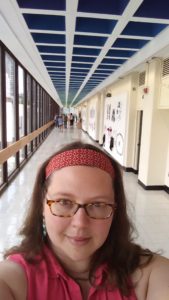 “When I attended Joe Fusaro’s session about ART21 at NAEA in New York this past March, I knew this was the year I had to go for it: apply to be an ART21 educator. The application involved writing about my viewpoints on contemporary art and how I use it in the classroom, and writing up a sample unit plan for a contemporary art experience. The fun, but challenging part of the application was filming and editing a 5 minute introductory video (https://youtu.be/D4b61PPRLvI )to explain why I wanted to be in the program (they like to see your personality and tech skills!). When the acceptance announcement came out, (https://art21.org/2017/06/06/welcome-to-our-new-art21-educators/ ) I was over the moon with excitement and anticipation, and I couldn’t wait for the school year to hurry up and finish already so I could get to New York City.
“When I attended Joe Fusaro’s session about ART21 at NAEA in New York this past March, I knew this was the year I had to go for it: apply to be an ART21 educator. The application involved writing about my viewpoints on contemporary art and how I use it in the classroom, and writing up a sample unit plan for a contemporary art experience. The fun, but challenging part of the application was filming and editing a 5 minute introductory video (https://youtu.be/D4b61PPRLvI )to explain why I wanted to be in the program (they like to see your personality and tech skills!). When the acceptance announcement came out, (https://art21.org/2017/06/06/welcome-to-our-new-art21-educators/ ) I was over the moon with excitement and anticipation, and I couldn’t wait for the school year to hurry up and finish already so I could get to New York City.
Left: Leonardo Drew’s Studio
Right: Selfie with Calder at the Whitney
After traveling up to Manhattan on the 4th of July, we had a whirlwind week through the Whitney Museum of Art for workshops to Brooklyn for a visit to the studio of Leonardo Drew and Dieudonne for a paper-pulp painting workshop, to the Museum of Natural History for an institutional/curatorial critique with artist David Brooks, to a New York Public High School classroom to brainstorm with teens, and to the Kitchen for a performance by artist Aki Sasamoto.
Left: David Brooks and Joe Fusaro at the Natural History Museum
Right: Dieudonne Paper Pulp Painting Workshop
Left: Open Spaces Brainstorm
Right: Glen Ligon at Harlem Studios Museum
Along the way we had time to explore NYC museums on our own (hello Harlem Studio Museum!) and time to work and process the experience to start developing our own resources to use in the classroom. It was the best professional development I’ve ever had because we got to see art, meet artists, make art, and learn best practice from our peers through hands-on learning- not boring lecture.
 I thought when I applied to the program that it would be just a one-year experience. What I’ve really become a part of is a community of educators around the country who are dedicated to ongoing professional development and collaboration with the focus on how to use contemporary art in the classroom. Not only was my 2017 YEAR 7 cohort of 10 educators from around the country attending the institute, but nearly 20 other educators joined us from past cohorts to introduce us to the practice of being an ART21 educator. Throughout the next year I’ll be collaborating intensely with members of my cohort and our mentors, but once an ART21 educator, always an ART21 educator.
I thought when I applied to the program that it would be just a one-year experience. What I’ve really become a part of is a community of educators around the country who are dedicated to ongoing professional development and collaboration with the focus on how to use contemporary art in the classroom. Not only was my 2017 YEAR 7 cohort of 10 educators from around the country attending the institute, but nearly 20 other educators joined us from past cohorts to introduce us to the practice of being an ART21 educator. Throughout the next year I’ll be collaborating intensely with members of my cohort and our mentors, but once an ART21 educator, always an ART21 educator.
I’m still figuring out what that will mean to me moving forward. The goal is to think about how to make learning in the art room inquiry based and not merely expressive. Contemporary artists research and explore ideas and questions that drive their practice- so students should be working in similar ways. How can we get students to ask questions and be motivated to find out the answers or experiment with ideas and artistic processes? How can we create dialogue and reflection in the classroom when those big questions lead to difficult conversations? How can we encourage innovation and creativity among our students?
Fortunately, there is a wealth of resources available on the ART21 website to use as inspiration. Check out the Learning Library page, which has questions and prompts with related artists to look at:
https://art21.org/for-educators/tools-for-teaching/learning-library/?filter-media-material=The educator guides that accompany each season are all available as pdfs: https://art21.org/for-educators/tools-for-teaching/guides/educators-guides/
And now that the website has been revamped, each video is cross-indexed so you can see everything about a single artist that is available, including videos, image libraries, and articles.
Finally, ART21 puts out a monthly online magazine with info about artists and increasingly, articles by ART21 educators about how they are implementing contemporary art-based curriculum in their classrooms. http://magazine.art21.org/
End of the 2016/2017 School Year
Hello PAEA folks and the greater community.
Christina, Sue, and I have divided up the months for blogging. June is mine, and I have been going back and forth on what I wanted to post about. School art shows?? Demonstration teaching lessons when applying for jobs?? I just could not gather enough info in time to talk about either.
So… I am sitting here at my desk, with my work computer (before I have to turn it in for the summer), and I have finished packing my room up…. I have put this blog off long enough. Time to commit.
I guess what’s really on my mind is what other art teachers have to do at the end of the school year to pack up their rooms.
To be frank, I am not even sure what I am supposed to do, but I know it’s best to shove as much as I can in my closet and cover up my shelves that I leave stuff on. Every year I am told something different for what to do with my room, so I guess I have decided to go with the “ask for forgiveness later” approach.
Here is what I do: Pack up all my iPads. They go in my closet first, as I want to make them the hardest to get to. Then, anything on wheels I start loading up, and roll in to the closet to fit like a game of art room tetris. I clear the window sills and make sure there are no “loose” art supplies on the shelves, floors, or any surface. From what I understand, the main thing that happens in my room over the summer is they mop and wax. I have been told I can keep my posters up. So I do. I know other rooms take them down, because apparently their walls get cleaned. I have ceramic tile walls, and I don’t think they much intend on cleaning those.
I stack my large tables on top of each other, so their is less to move around. Other teachers have to put their desks/tables/chairs in the hallway outside their classrooms. I did not have to do it last year, so I am not doing it this year. And plus, the other teachers get help from other janitors to do that. I don’t, so I won’t. (Not that I am not capable. I am totally like super strong. It’s weird how strong I can be, yet how frail I might look. lol) All my small desks/tables and stools are stacked and shoved into my giant closet.
I do not empty my desk. I am not worried about that. And no one told me I need to.
I cover up the smart board to protect it from …dust? I guess I should probably put a trashbag over the projector then… but I don’t have one. And asking for one will open a whole world of “what will you do for me” and I don’t want to become indebted for a trash bag. If I had the foresight yesterday, I would have packed one from home for today.
Obviously, all art is taken down from all over the school. Most of it I return, but some work from the last quarter I keep to display at the beginning of the school year so the halls are bright when the kids return. Some work I also hang on to for art shows or competitions at the beginning of the year that I might want to enter them in.
As the art teachers in our school, we have wayyyyy more stuff to move around, organize, and pack up than most teachers. And then to unpack and reorganize it all in the fall… in between all the meetings we are required to attend.. ugh! This is why I use the “ask forgiveness later” approach. There is a lot expected of us, and the rebel in me just wants to do what will make life easier in the fall upon return.
Soooo, I guess that’s it. What do you have to do? Is there concrete information given to you from your administration? Do you have to take stuff home?? (I sure hope not!)
Anyway, I hope y’all beautiful art teachers out there have a fantastic summer. This has personally been a tough year in my school and classroom, but I only see great things for the future. So when I unpack my closet cart by cart, and box by box at the beginning of the school year, I will think back to how my my school has achieved, and how much my art room has grown and will continue to grow.
Stay tuned for the July blog post from Sue Liedke which will be all about the PAEA trip to Cuba!! I can’t wait to hear all about it!!


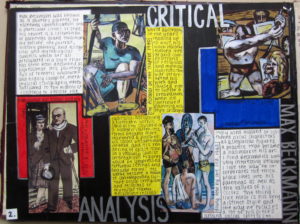


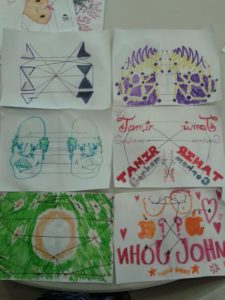
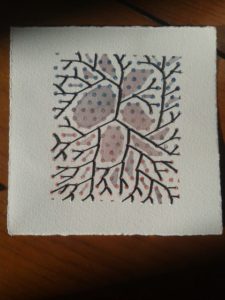
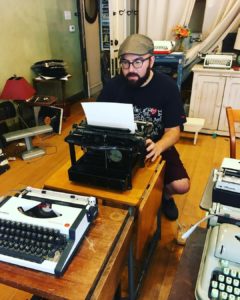
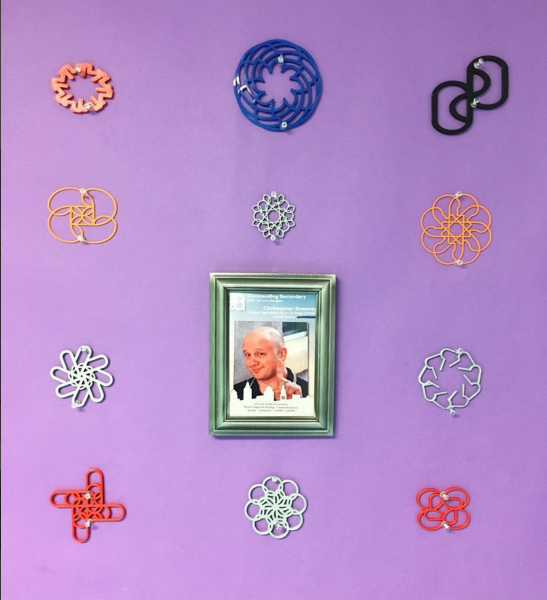
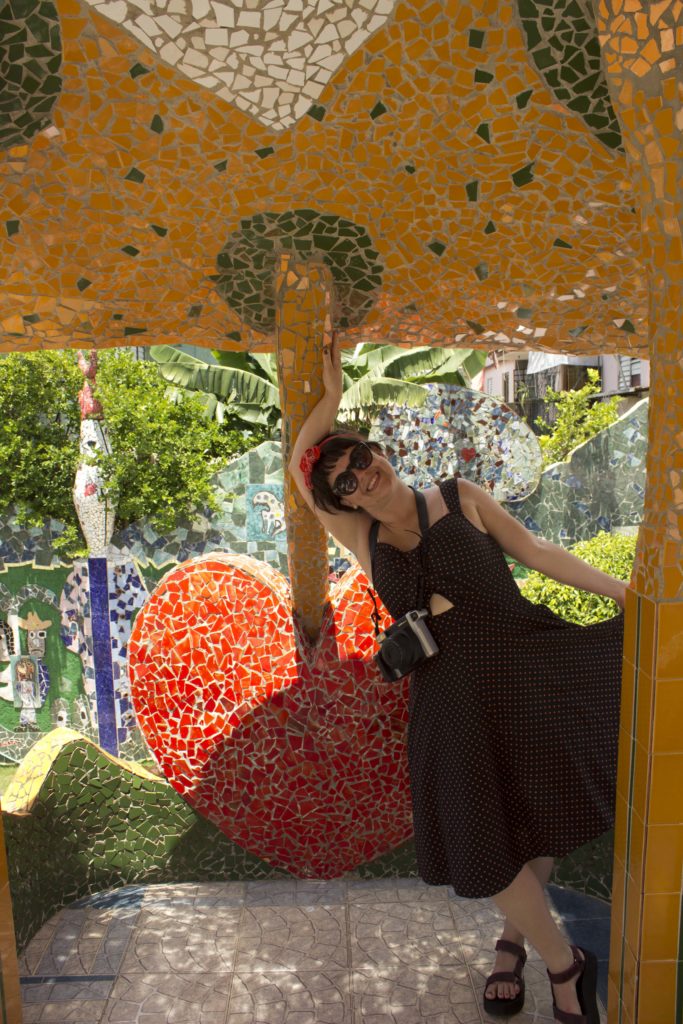

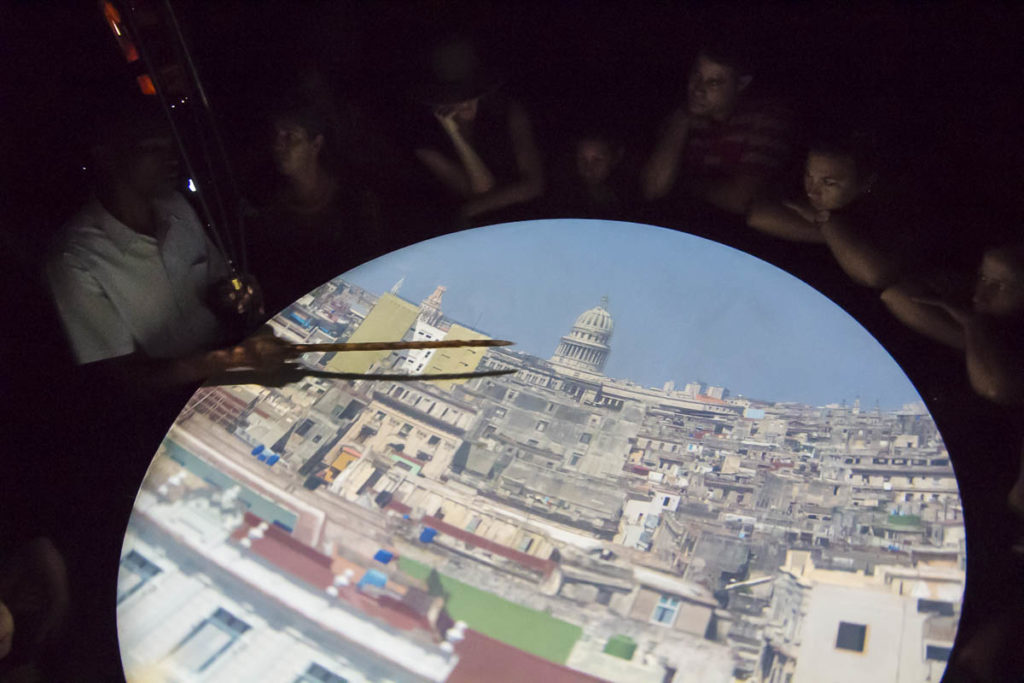
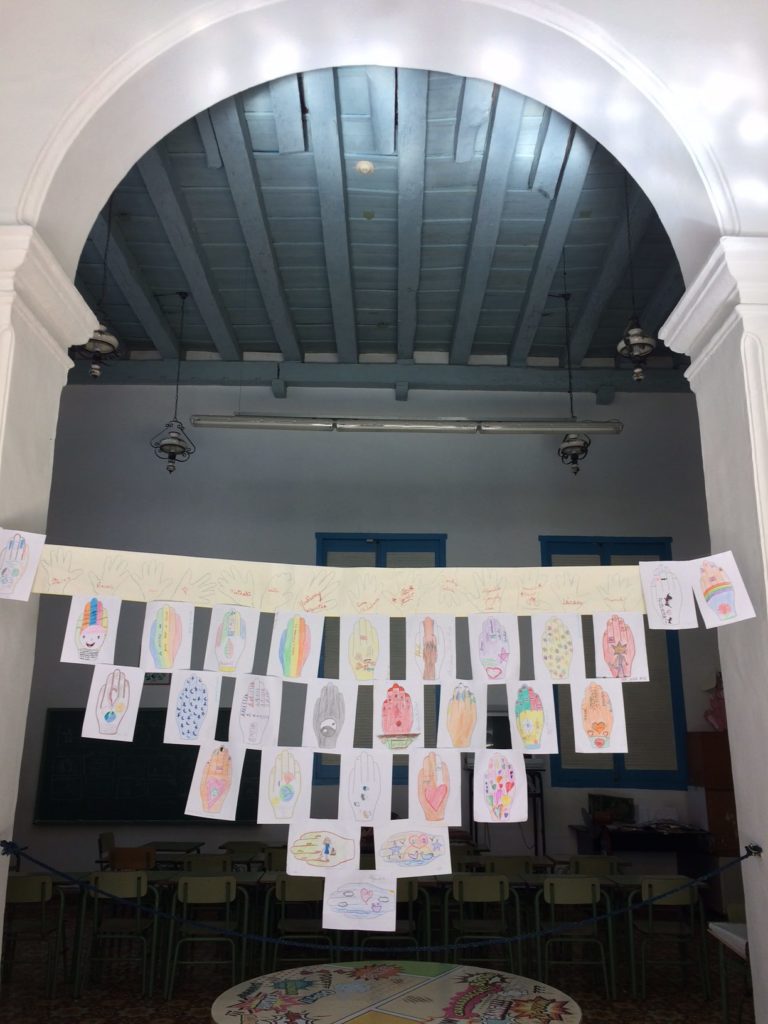
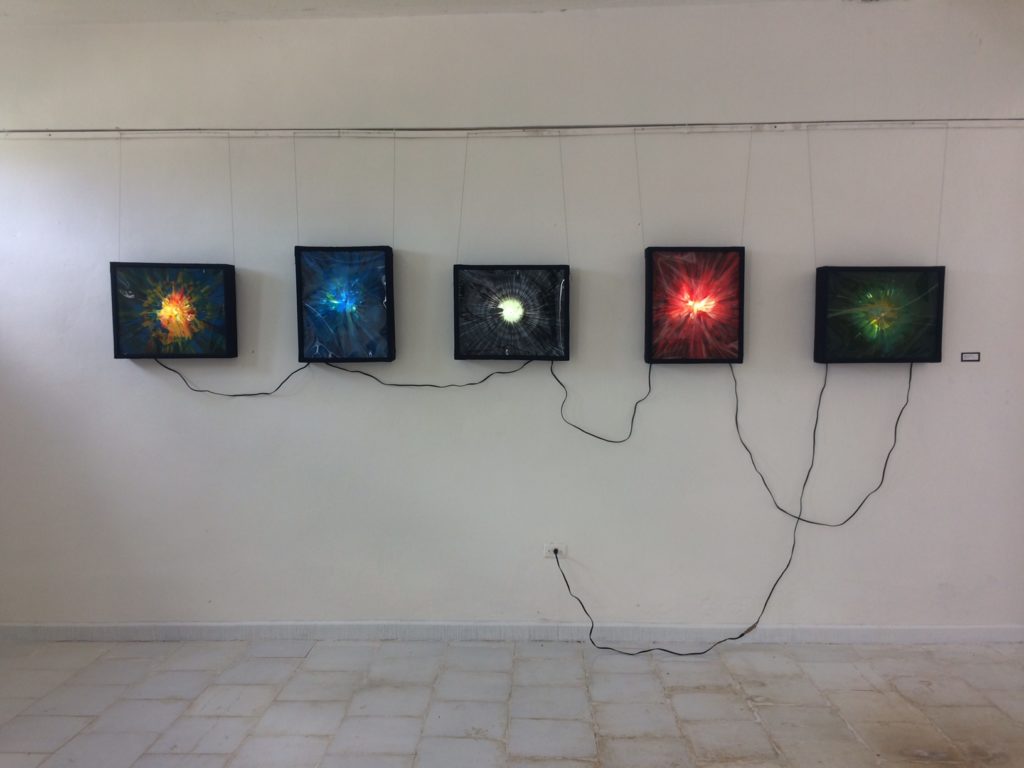

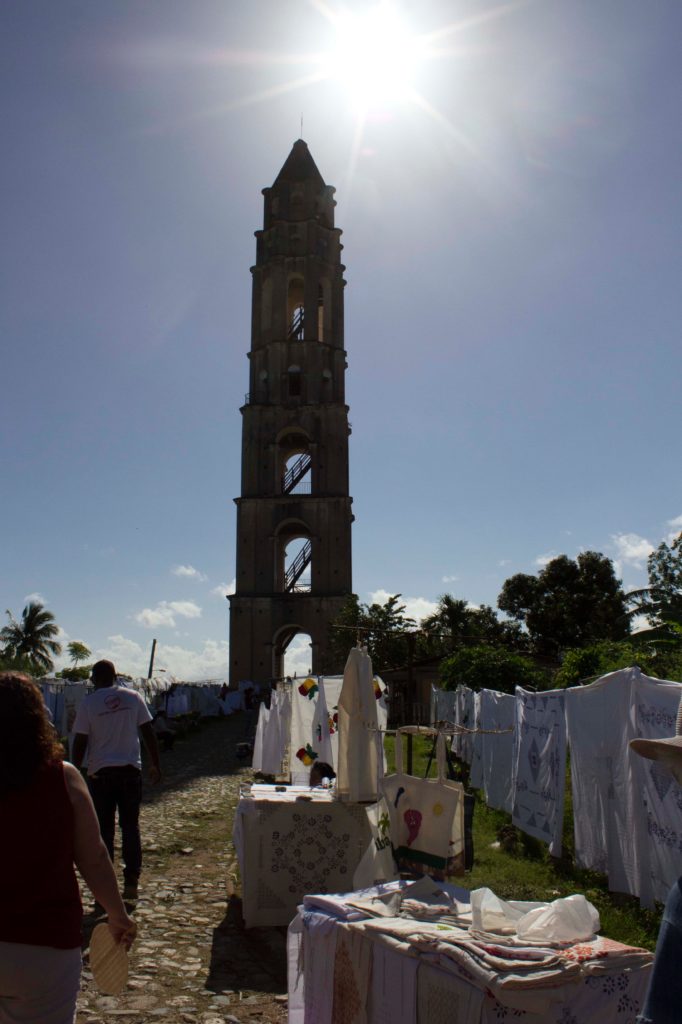
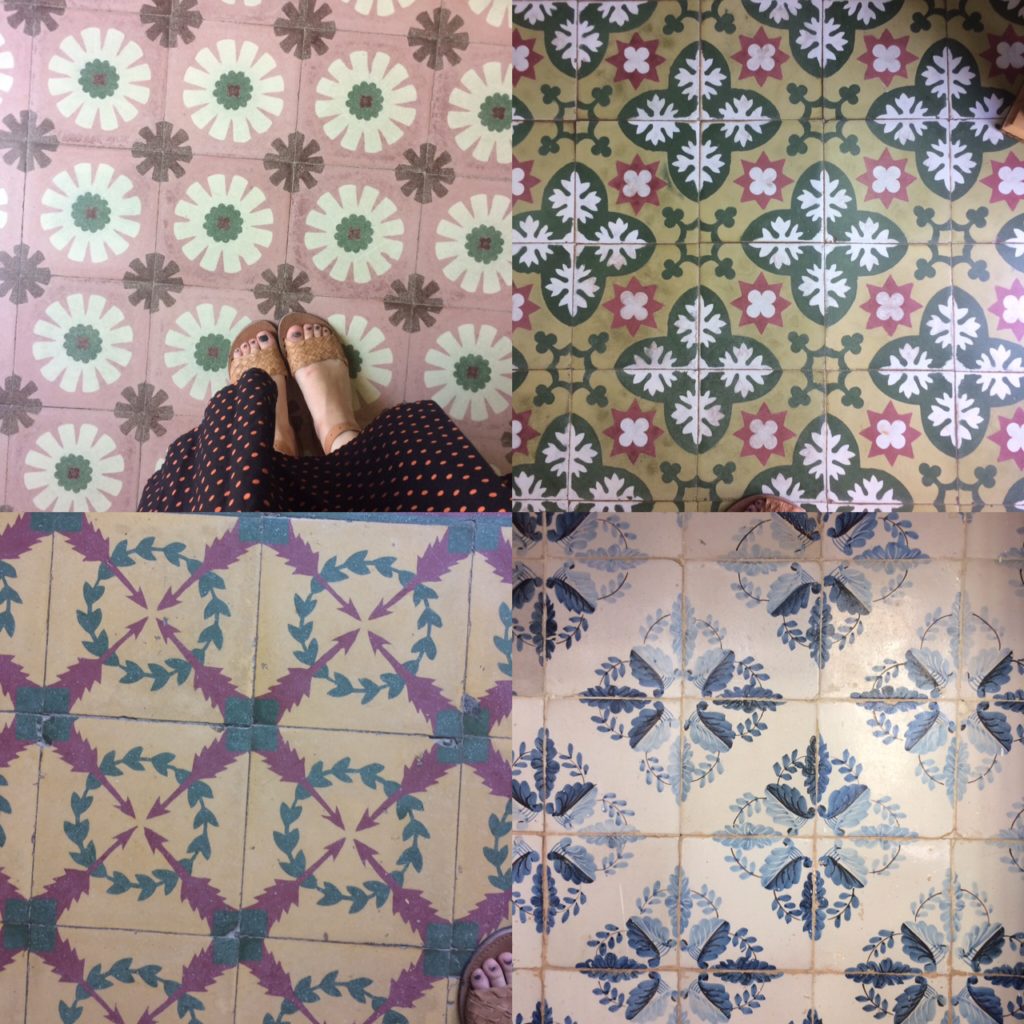
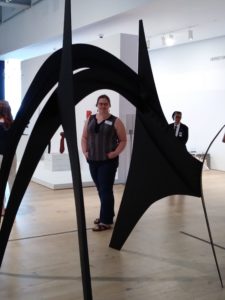
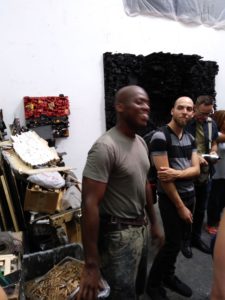
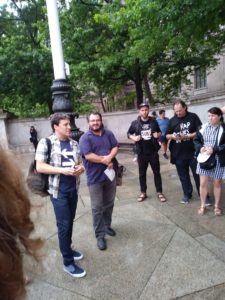
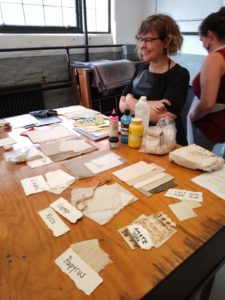
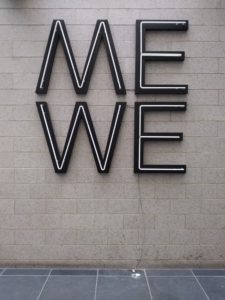
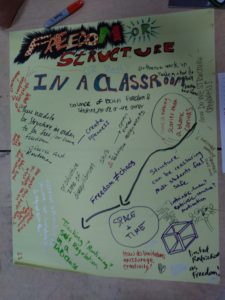
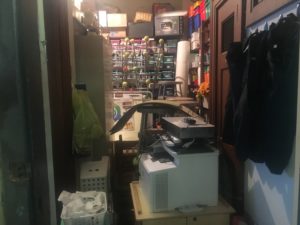
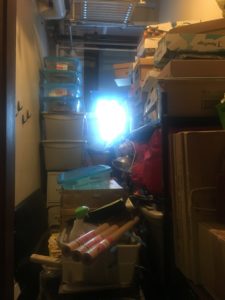
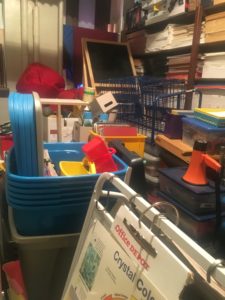
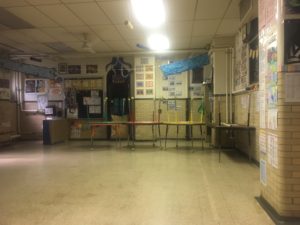
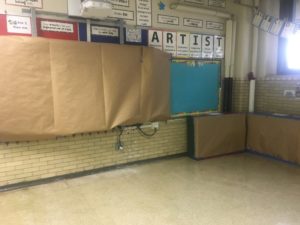
 D5 Creation
D5 Creation